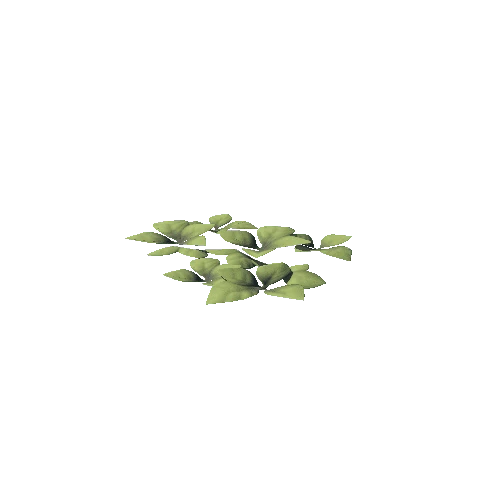Select or drop a image or 3D model here to search.
We support JPG, JPEG, PNG, GIF, WEBP, GLB, OBJ, STL, FBX. More formats will be added in the future.
Asset Overview
Towards the end of 1996, the cost of EDO DRAM dropped significantly and 3Dfx was able to enter the consumer PC hardware market with aggressive pricing compared to the few previous 3D graphics solutions for computers. Prior to affordable 3D hardware, games such as Doom and Quake had compelled video game players to move from their 80386s to 80486s
A typical Voodoo Graphics rev.2 PCI expansion card consisted of a DAC, a frame buffer processor and a texture mapping unit, along with 4 MB of EDO DRAM. The RAM and graphics processors operated at 50 MHz. It provided only 3D acceleration and as such the computer also needed a traditional video controller for conventional 2D software. A pass-through VGA cable daisy-chained the video controller to the Voodoo, which was itself connected to the monitor. The method used to engage the Voodoo's output circuitry varied between cards, with some using mechanical relays while others utilized purely electronic components.











